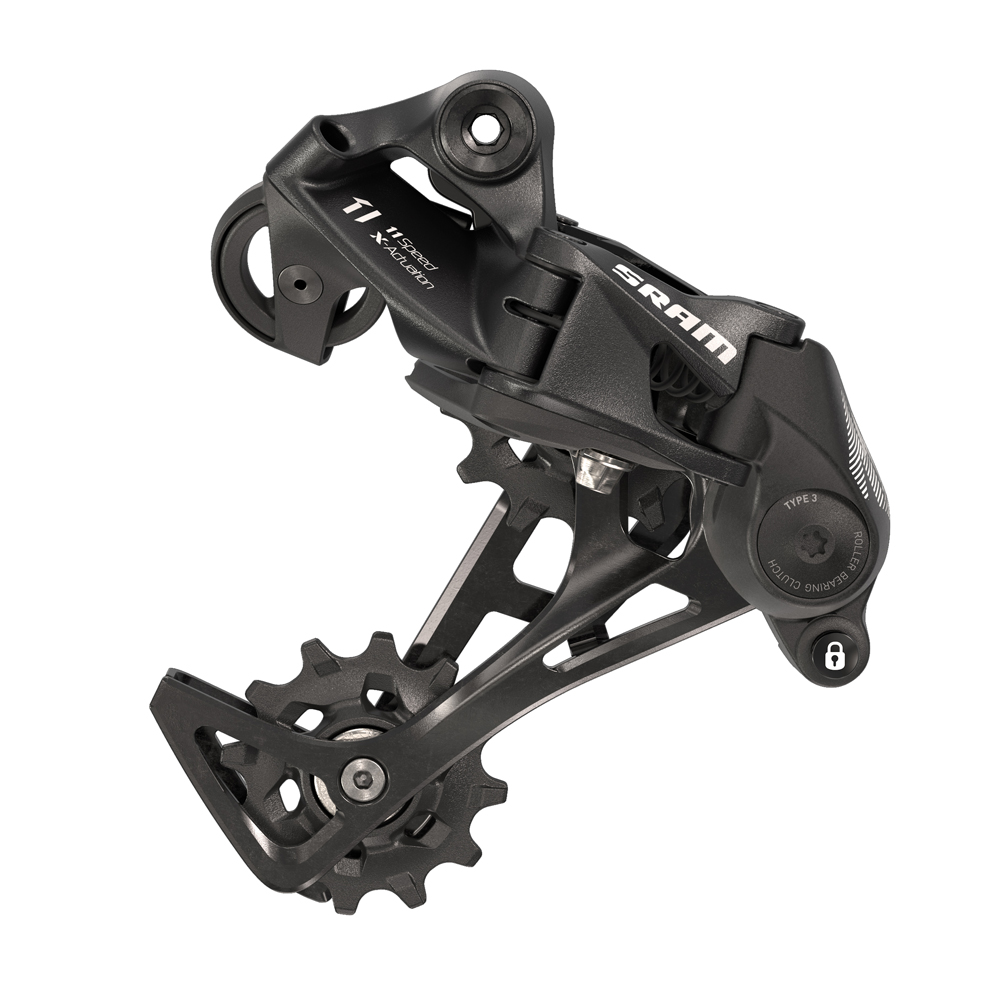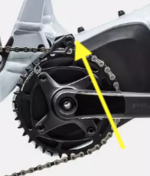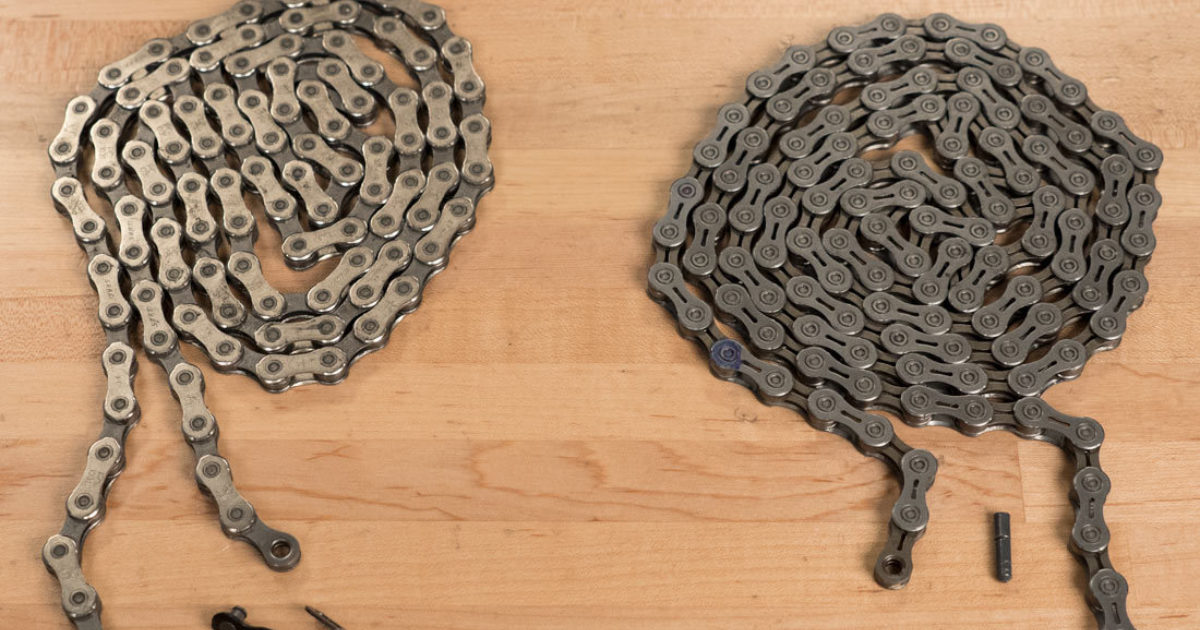SC00CHB00CH
Active Member
- Region
- USA
You probably don't notice it but the chain is probably coming off the rear cassette first and then it jumps loose off the front ring. Since it happens in the blink of an eye and you're likely looking forward while cycling. The chain may even bounce back onto the rear cassette so it seems as though it came off the front ring initially and that falsely appears to be the root cause. Most narrow/wide front rings , Lekkie is a fav of mine, for ebikes rarely if ever pop off the front ring alone.
How do you shift gears uphill?
In my experience if I happen suddenly upon a very steep hill and I happen to be in the highest to high gear, I get off my bike ,lift up the rear wheel and shift to the lowest gear. Then get back on and climb the hill only in that gear. Then when I get to a flat portion I'll shift higher. You should never really be shifting uphill into higher gears on mid-drives up hill.
How do you shift gears uphill?
In my experience if I happen suddenly upon a very steep hill and I happen to be in the highest to high gear, I get off my bike ,lift up the rear wheel and shift to the lowest gear. Then get back on and climb the hill only in that gear. Then when I get to a flat portion I'll shift higher. You should never really be shifting uphill into higher gears on mid-drives up hill.
;BackgroundColor=#ffffff)


